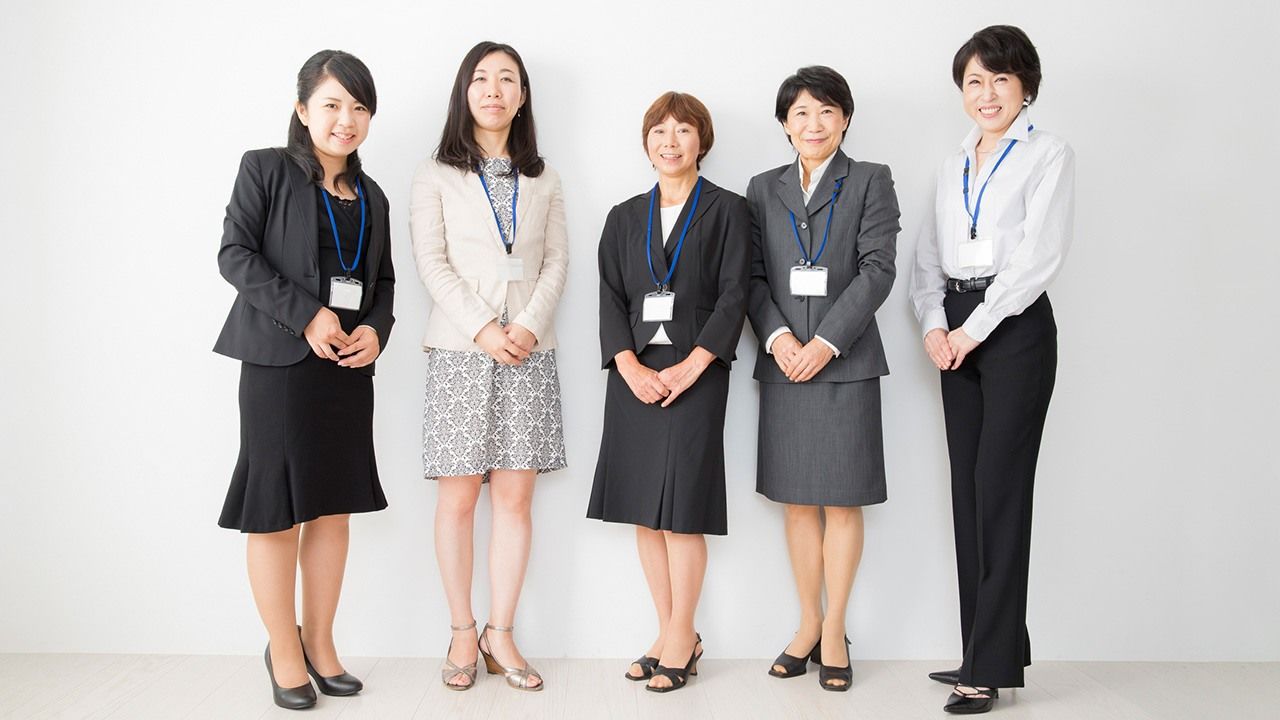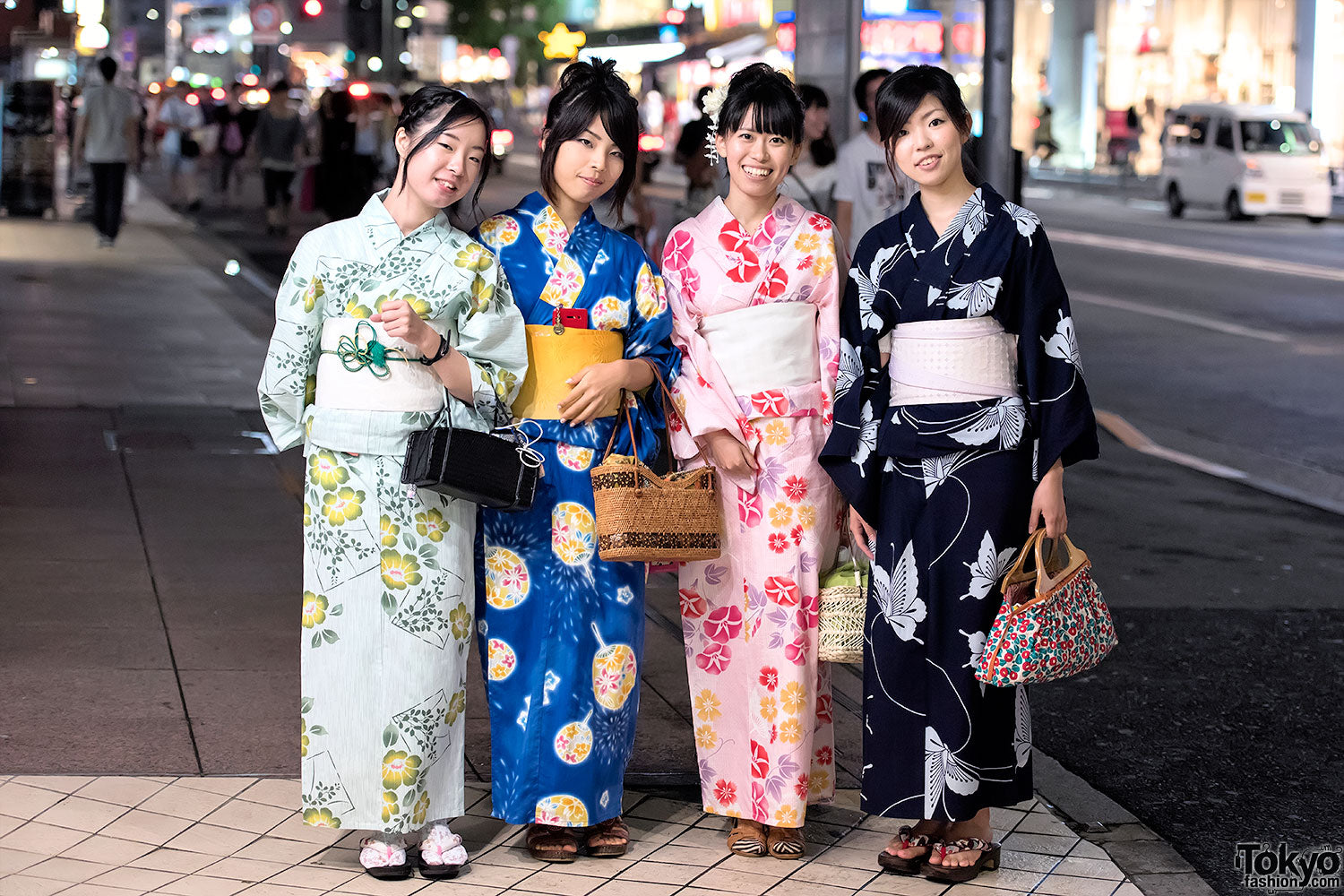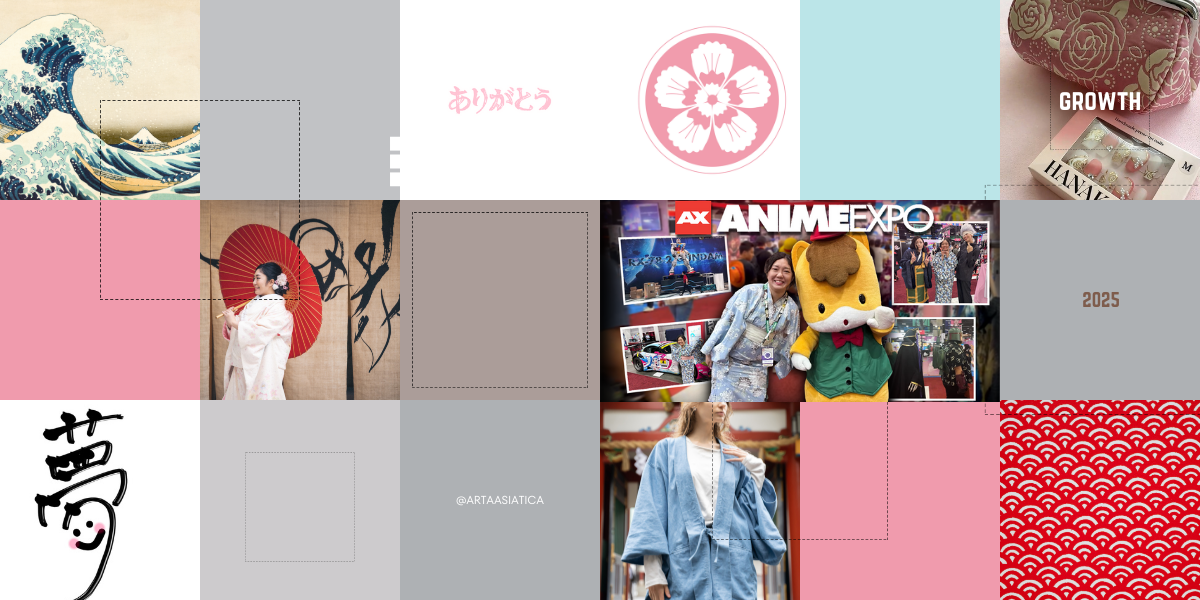
What Is Formal Dress For A Woman In Japan?
Dressing is one thing that separates nations and cultures from each other. Every nation has its dress according to its specific cultures and traditions. Japanese dressing is also incredible in that you can see a balance between style and modesty. They have different types of dresses for different occasions and gatherings. However, the dressing of Japanese women is a specific topic we will discuss in this guide. Because many people want to know what is formal dress for a woman in Japan. They can also adopt such styles.
A Comprehensive Guide On: What Is Formal Dress For A Woman In Japan?
The main factors can help you understand the different new and traditional Japanese women dresses.
Dress For Special Functions:
The kimono, reserved for special occasions in Japan, is a quintessential piece of formal wear for women. Featuring elaborate patterns and colors, accompanied by an obi. It creates a timeless and graceful silhouette, symbolizing cultural significance and elegance.
Fashion With Modesty:
Japanese women commonly select the elegant "furisode" with its distinctive long sleeves for semi-formal events like coming-of-age ceremonies and weddings. Conveying a celebratory and joyful ambiance through vibrant colors and intricate patterns.
Professional Gatherings:
In contemporary formal settings, such as business events or upscale gatherings, Japanese women often choose the "tomesode." Characterized by shorter sleeves and vibrant designs concentrated around the hemline, the tomesode balances tradition and modernity. Married women usually wear this style, emphasizing it's mature and refined aesthetic.
Adopting The Mixture Of Western Dresses:
Western-style formal dresses are also widely accepted in Japan, particularly for events with an international influence. Japanese women frequently opt for long evening gowns or knee-length cocktail dresses in muted tones at upscale events. They complete the sophisticated look by accessorizing with elegant jewelry, particularly pearls.
Traditional Sandals:
Footwear is another essential aspect of formal dress in Japan. For traditional attire like the kimono, "zori" sandals are worn, often accompanied by tabi socks. In more Westernized formal settings, closed-toe heels or pumps are preferred, reflecting a blend of traditional and contemporary fashion sensibilities.
Hairstyle Matters:
Additionally, hairstyles play a crucial role in formal dressing. Japanese women often choose sophisticated updos or elegant styles that convey a polished and refined appearance for formal events. Accessories like ornate hairpins may be added for a touch of traditional flair.
A True Reflection Of Modesty:
It is important to note that modesty is crucial in Japanese formal wear. Dresses with high necklines, longer hemlines, and minimal cleavage are considered appropriate, reflecting the cultural emphasis on subtlety and humility.
Final Thoughts:
To summarise, what is formal dress for a woman in Japan? Japanese women love to wear different dresses according to the type of gatherings and occasions they attend. But it is vital to know that all their dressings are a mixture of modesty and fashion. So that a balance and sophistication are maintained in their dress.



Leave a comment
This site is protected by hCaptcha and the hCaptcha Privacy Policy and Terms of Service apply.